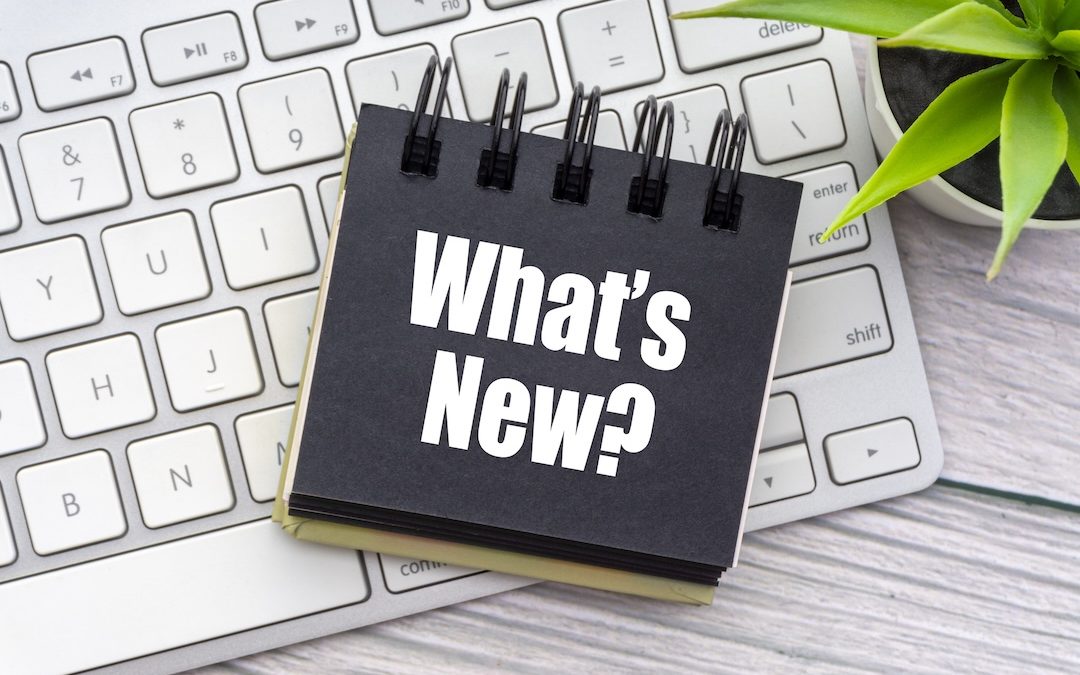Managing a modern business often means juggling a multitude of software and applications. This constant switching between tools and the repetition of tasks can be overwhelming. The solution to this common challenge is integration—a technology that seamlessly connects different software applications, eliminating the need for manual data entry and boosting overall productivity. In this article, we’ll explore what integrations are, why they’re crucial, and take a deep dive into the world of HubSpot integrations.
What Are Integrations?
To simplify the concept of integrations, think of them as connectors that bring different software applications together, much like plugging your MacBook into your TV to enjoy your favorite shows on a larger screen. Integrations are designed to streamline your workflow, allowing you to augment your existing software with the capabilities of third-party applications, all without the need for extensive customization.
Integrations become especially valuable as your business evolves, and your needs change. While your initial software setup may meet your requirements at the start, you’ll likely require additional functionalities as your business grows. Integrations bridge this gap by seamlessly incorporating new tools and features into your existing software ecosystem.
HubSpot APIs vs. Native Integrations
HubSpot offers a wide range of integrations, all of which rely on Application Programming Interfaces (APIs) to connect different software components. APIs act as intermediaries, allowing software to communicate using predefined protocols. This communication is essential for ensuring seamless collaboration among various software systems.
APIs enable software to interact, exchange data, and work together seamlessly. They empower you to connect different pieces of software, facilitating real-time information exchange between applications and devices.
In the context of HubSpot, its APIs serve a specific purpose within the HubSpot ecosystem. They are designed to integrate seamlessly with HubSpot applications, allowing you to customize the platform’s functionality to meet your business’s unique needs. For instance, you can use the API to create custom reports, dashboards, or add custom fields to the HubSpot CRM.
HubSpot API integrations extend your capabilities, enabling you to connect HubSpot with other software, including your own products, ERP systems, other CMS platforms, calendars, ticketing systems, and more. APIs play a central role in making these connections possible, enhancing the versatility and adaptability of your HubSpot experience.
HubSpot’s Native Integrations
HubSpot, known for its Content Optimization System (COS), positions itself as a comprehensive inbound marketing tool, featuring a Content Management System (CMS) and a Customer Relationship Management (CRM) tool. Integrations play a pivotal role in providing these tools to business managers, facilitating marketing and customer engagement.
For instance, if you are using HubSpot’s CRM, you can seamlessly integrate your Gmail or Outlook inbox, enabling you to utilize your email contacts for customer engagement purposes. HubSpot offers a vast selection of applications in its App Marketplace, making it easy to find and integrate tools that personalize forms, track metrics, and enhance your overall content marketing strategy.

Why Use HubSpot Integrations?
HubSpot integrations are essential for businesses committed to leveraging all available resources to ensure their success. Effective marketing strategies are crucial for product or service promotion, and hosting content online, such as business blogging, can significantly increase leads by attracting potential customers.
However, capturing and retaining the attention of website visitors can be challenging due to short attention spans. HubSpot integrations address this challenge by engaging leads over the long term. By enhancing your CRM and CMS, these integrations help you build lasting relationships with your audience.
HubSpot boasts approximately 73,000 paid customers, with 94% of them choosing to use HubSpot apps. While content quality is vital, HubSpot integrations can elevate other aspects of your website and marketing efforts.
Common Use Cases for HubSpot’s Native Integrations
HubSpot native integrations are incredibly versatile and can be tailored to suit a wide range of business needs. Here are some common use cases where businesses can benefit from integrating HubSpot with other tools and platforms:
- CRM Enhancement: Enhance your CRM capabilities by integrating HubSpot with customer service software like Zendesk or helpdesk solutions like Freshdesk. This ensures a unified view of customer interactions and history.
- Marketing Automation: Marketers can integrate HubSpot with email marketing platforms like Mailchimp or marketing automation tools like Marketo to streamline lead nurturing, email campaigns, and audience segmentation.
⭐ PRO TIP – HubSpot offers a solution for enhancing CRM capabilities even without relying on third-party integrations. Within HubSpot itself, you can achieve a unified view of customer interactions and their historical data. This means that HubSpot provides its own tools and features to help businesses manage customer relationships effectively by consolidating all relevant customer information and interactions within the platform. This eliminates the need for additional integrations when it comes to achieving a comprehensive view of customer history and interactions, making the CRM enhancement process seamless within HubSpot itself.
- Sales Enablement: Connect HubSpot with sales tools like Salesforce or Pipedrive to empower your sales team with lead scoring, pipeline management, and analytics, improving their efficiency and closing rates.
- E-commerce Integration: For online stores, integrating HubSpot with e-commerce platforms such as Shopify or WooCommerce can help in tracking customer behavior, abandoned carts, and personalized recommendations.
- Content Management: Integrate HubSpot with content creation and management tools like WordPress or Joomla to efficiently publish, optimize, and promote content on your website or blog.
- Social Media Management: Streamline social media marketing efforts by connecting HubSpot with platforms like Hootsuite or Buffer, allowing for scheduled posts, social monitoring, and analytics.
- Analytics and Reporting: Enhance your data analysis capabilities by integrating HubSpot with reporting tools like Google Analytics or Tableau, providing deeper insights into your marketing efforts.
- Event Management: For businesses hosting events or webinars, integration with event management software like Eventbrite or Zoom can simplify event registration, communication, and attendee tracking.
- E-commerce Sales Tracking: Connect HubSpot to your e-commerce platform’s sales tracking system (e.g., Shopify) to monitor online sales, track customer behavior, and personalize marketing efforts.
- Survey and Feedback Tools: Use integrations with survey tools like SurveyMonkey or Typeform to collect valuable customer feedback and improve your products and services.
- Data Enrichment Tools: Most CRMs, including HubSpot, offer their own native data enrichment tools, which can enhance your database. However, it’s essential to recognize that there are alternative tools available that might better suit your specific requirements. Finding the right data enrichment tool can significantly benefit your operations. Crmtoolbox published an article providing 10 Best Tools to Enrich Your Databases in HubSpot.
Setting Up HubSpot Integrations
Simplify the setup of HubSpot integrations with these steps:
- Choose Integration: Select the integration that suits your needs from HubSpot’s App Marketplace or third-party options.
- Check Compatibility: Ensure it’s compatible with your HubSpot version and meets specific requirements.
- Installation: Follow provided instructions to install the integration, often through HubSpot’s dashboard.
- Configuration: Customize settings, including data syncing frequency, user access, and data mapping.
- Testing: Confirm data transfers and automation rules work correctly before full implementation.
- Training and Adoption: Train your team to effectively use integrated tools, promoting adoption with support resources.
- Monitor and Optimize: Continuously monitor performance, address issues, and optimize configurations.
- Security and Privacy: Prioritize data security and privacy compliance, especially for sensitive information.
- Regular Updates: Keep HubSpot and integrated tools up-to-date for smooth operation and security.
Conclusion
In today’s dynamic business landscape, integrations play a pivotal role. HubSpot integrations act as catalysts for businesses, streamlining operations, amplifying marketing efforts, and fostering effective customer engagement. By harnessing the power of HubSpot’s API and exploring the extensive range of integration possibilities, companies can maintain agility, adaptability, and competitiveness in the constantly evolving digital realm.
At Glare Marketing, we excel in seamlessly integrating external systems with HubSpot, ensuring a cohesive user experience. We also cater to unique requirements, including the development of custom APIs, enabling businesses to fully harness their distinctive capabilities. Contact us to supercharge your HubSpot integration strategy today.










